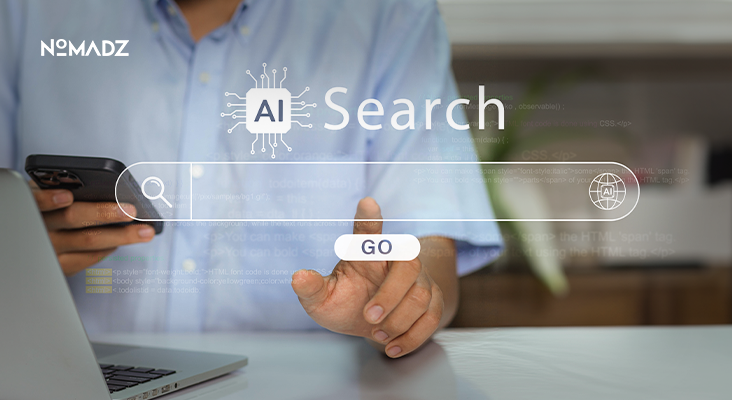What LinkedIn Terms of Service Mean for AI, Ads & Data Sharing?
LinkedIn is implementing changes in its Terms of Service, which will become effective on November 3, 2025. They do include certain changes that may alter what you post, how it is used in advertising, and how it is used to power AI. So, keep reading to know what these new LinkedIn Terms of Service mean in simple terms.
Key Changes: What has shifted
More Data Shared with Microsoft for Ad Personalization
In some areas, LinkedIn will now transfer more information to its parent company, Microsoft. This contains such details as your profile data, what you write or comment on in your news feed. Also includes your history of ad engagement. The goal: to show you more personalized and relevant ads based on your LinkedIn activity.
Use of Member Data for AI Training
For users outside the EU, LinkedIn will use certain user data to train generative AI models. Simply meaning the AI tools that help with content suggestions, profile updates, posts, messages, etc.
Regional Differences Matter
The new rules are not uniform globally. Users in the EEA (European Economic Area), the UK, Canada, Hong Kong, and Switzerland, for instance, have somewhat different terms around what data is used and how, especially regarding AI training.
Also Read: LinkedIn Video Tips Every Marketer Should Know in 2025
What LinkedIn Terms of Service Means for You?
- Smarter Advertisements: With the new terms (or not opting out), you will see an increased display of advertisements that are personalized based on your profile, passions, and activity. It could be more relevant job ads, product ads, or recommendations, or even more of the tracking of what you do on LinkedIn to power this personalization.
- You Can Opt-Out: If you’re uncomfortable with this level of data sharing or AI usage, you have tools available. You can opt out of Microsoft’s use of LinkedIn data for ad purposes. You can also disable the AI training setting (“Data for Generative AI Improvement”) so your LinkedIn content isn’t used.
- Privacy vs Benefit Trade-Off: The benefits include more relevant content, possibly better suggestions, and more useful AI tools (for writing posts, messages, etc.). But the trade-off is more of your data being shared, analyzed – even if “non-identifying” or “aggregate.” If privacy is very important to you, these changes may feel uneasy.
- Keep Updated by Region: Because the terms differ depending on where you live, you’ll want to check the version of the policy for your region. What LinkedIn can do with your data in India, the UK, or Canada might differ. Always good to double-check.
Why LinkedIn is Making These Changes?
From LinkedIn’s perspective, there are a few drivers:
- AI is Everywhere Now: Companies are pushing to train AI systems using real user data to make tools smarter and more useful. This is pretty standard in tech.
- Ads are Core Business: More personalized ads often mean better engagement and better revenue. Sharing data with Microsoft gives LinkedIn a broader ad ecosystem.
- User Expectations and Competition: With other platforms providing more personalized experiences through the help of AI, LinkedIn is likely to experience the pressure to match the competition or get evaluated as less helpful in content creation, job-searching, networking, or whatever.
What You Should Do Next?
- Review updated LinkedIn Terms of Service and Privacy Settings when the change takes effect.
- If you want to retain more control over your data, toggle off settings related to AI data usage and ad personalization.
- Be aware of what content is public vs private: public posts are more likely to be used in AI training and ad targeting.
- Keep an eye on communications from LinkedIn. As sometimes they highlight what has changed in simple terms. While other times they bury options in settings.
Also Read: Unlocking Better Engagement: LinkedIn’s New Post Insights
Final Thoughts
The revised terms of AI, advertising, and multi-share data used by LinkedIn are a significant change. The changes will be relatively invisible to many users. As this is particularly so in the case of one who is at ease with customized advertisements and human intelligence applications.
However, these updates matter should you are concerned about privacy or would prefer to have control over the usage of your data. The most effective thing to do would be to be informed and make conscious decisions.









Leave feedback about this